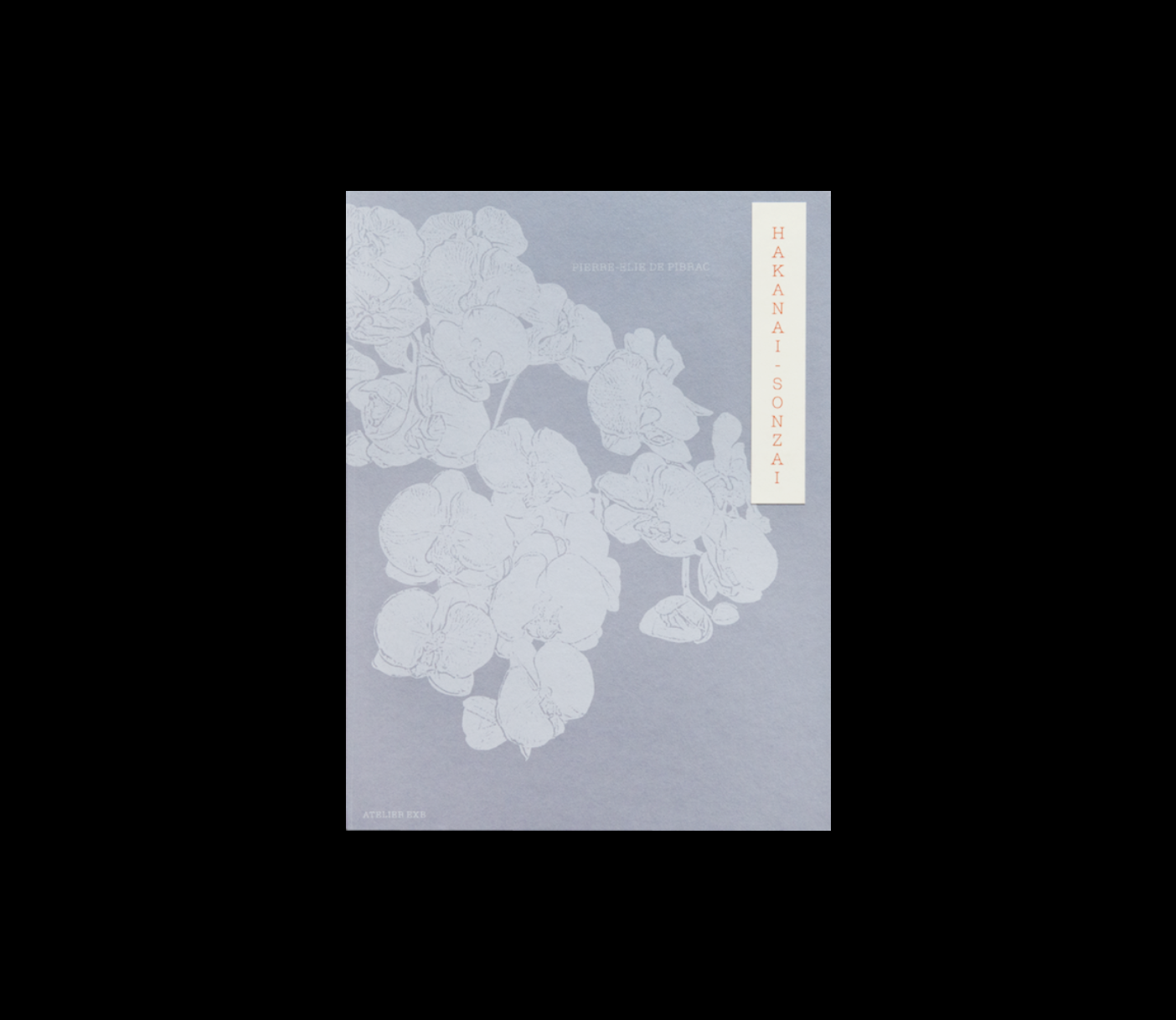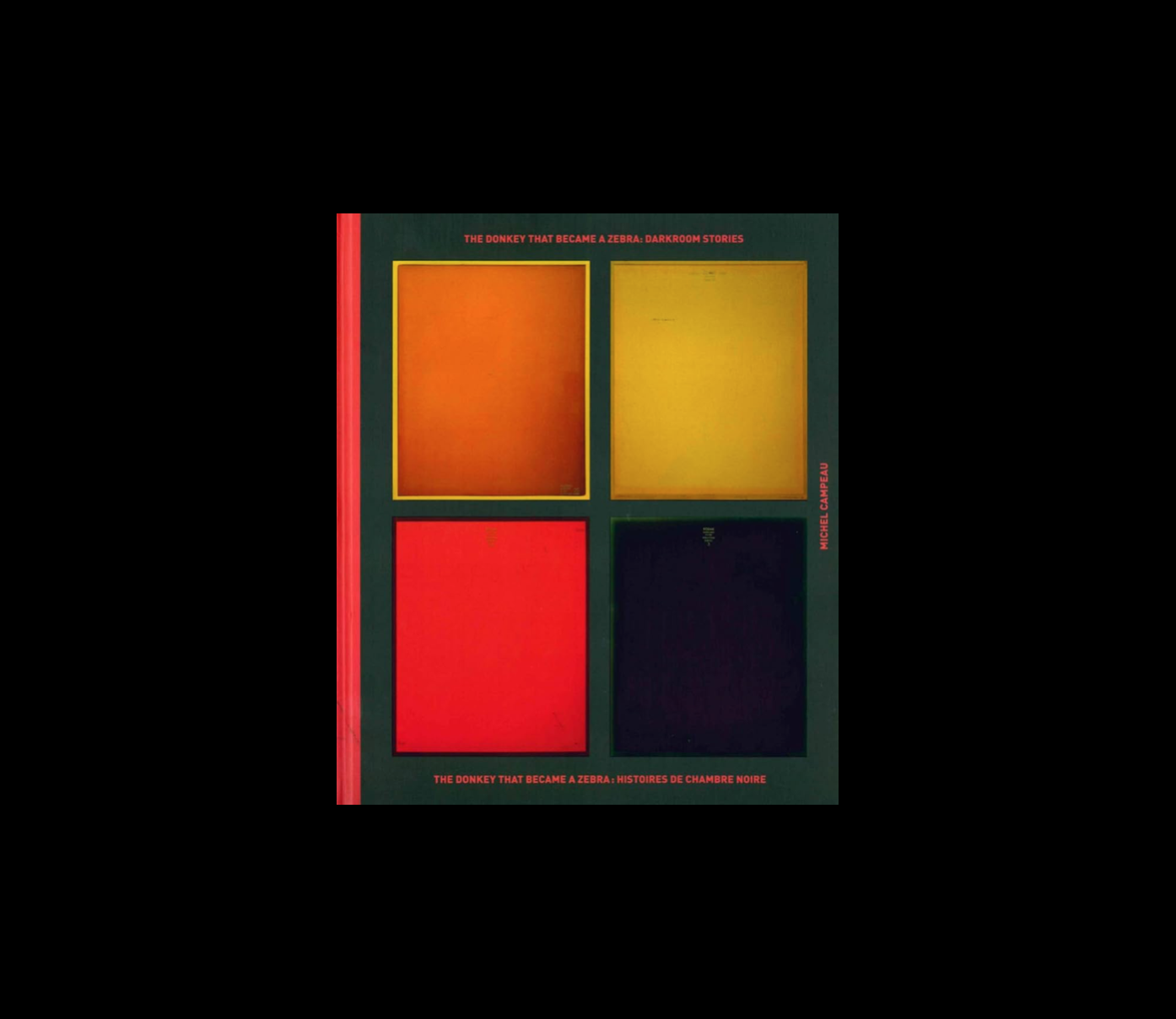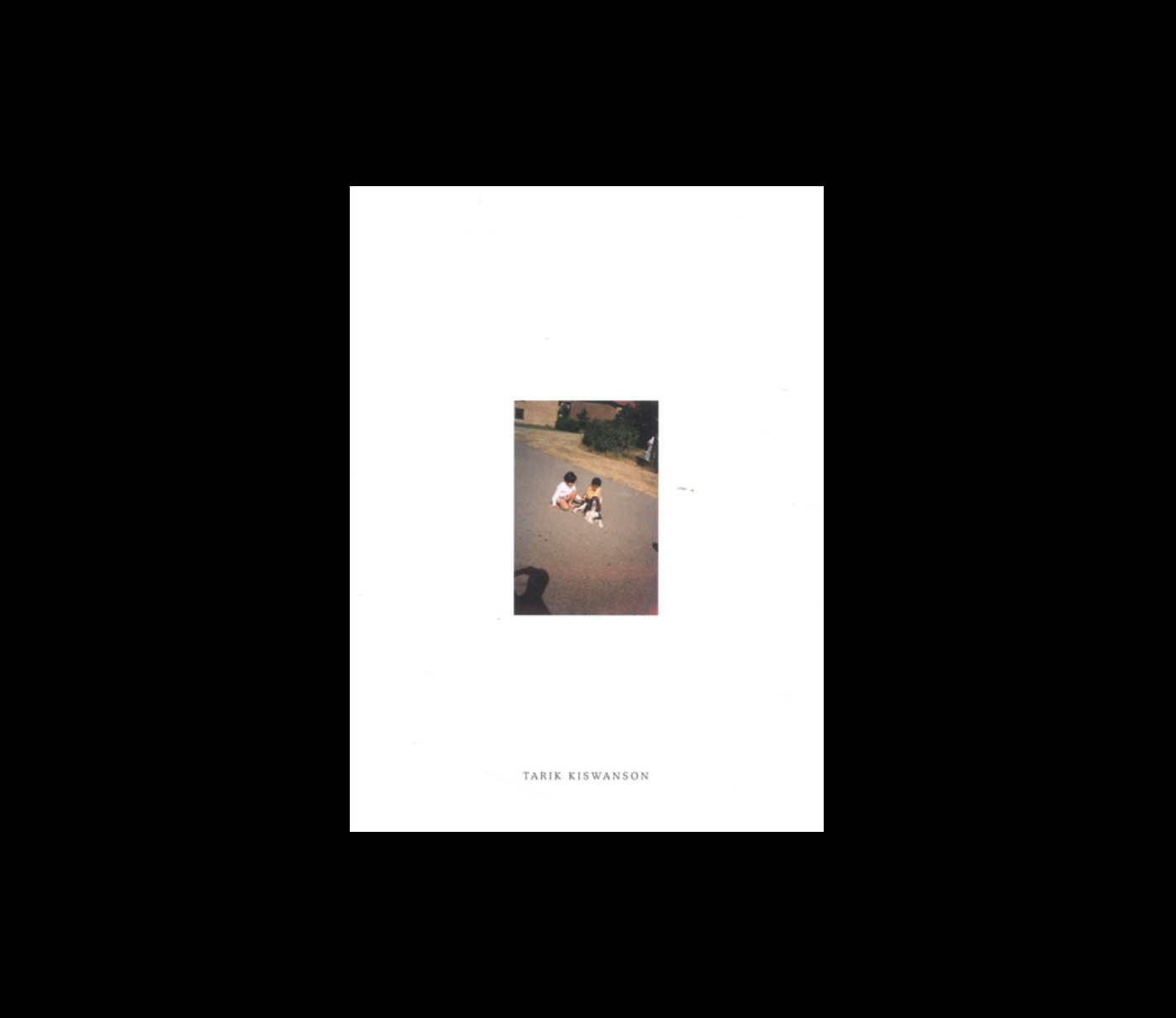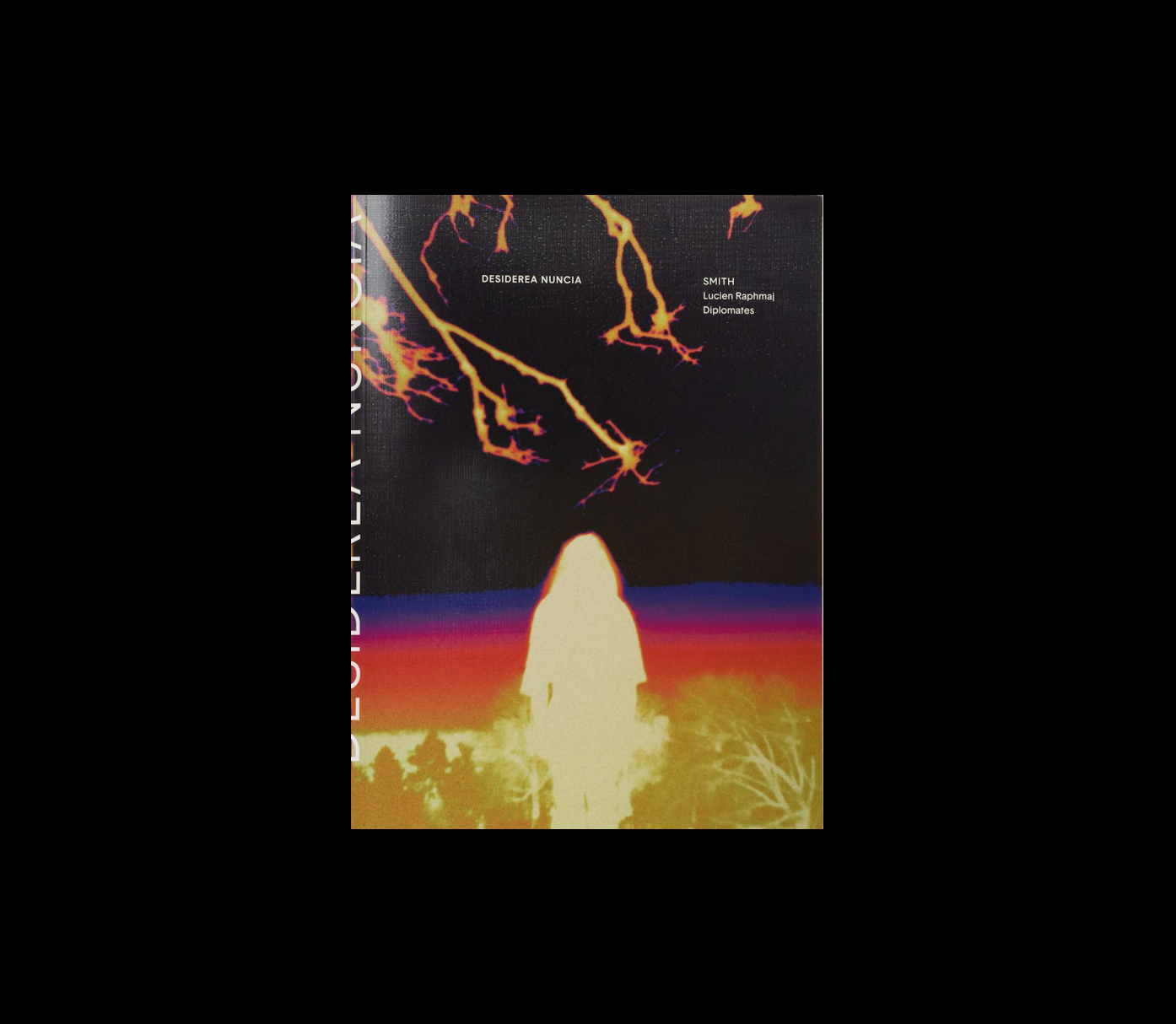 Image 1 of 1
Image 1 of 1


HAKANA SONZAI - Pierre-Elie de Pibrac
Hakanai Sonzai continues the photographic experiment carried out under immersion in Cuba in 2016 (published in Desmemoria). Pierre-Elie de Pibrac travels to Japan in 2020, a country that has experienced the Fukushima tsunami, and where the inhabitants reveal little about their emotions, their psychic and intimate concerns. He criss-crosses the country, meeting people whose lives have been turned upside down by the earthquake. Over the centuries, Japan has developed the concept of Mono no Aware, a sensitivity to the ephemeral, an acute perception of the impermanence of things. The title of the book Hakanai Sonzai refers to this in this translation: "I feel myself to be an ephemeral creature". Thus, as the pages of a book unfold like a large-format album, the reader slowly enters the intimacy of women, men and children, who slowly become "characters". Pierre-Elie de Pibrac's portraits are shot in natural light, like mental images told by the subjects themselves and imagined by the artist.
Punctuated by portfolios of B&W cityscapes printed on a different kind of paper, Pierre-Elie de Pibrac's images immerse us in Japanese culture. They speak of obsolescence and reveal the fragile beauty of our human condition, accompanied by several tankas by Japanese poet Kujira Sakisaka. An essay by Michel Poivert explores this corpus, making the link between the obsolescence of the photographic medium and that of our modern societies, with Japan at the heart of the drifts of the Anthropocene.
Published by Atelier EXB, 2023
24.5 cm x 32.5 cm, 184 pages, very good condition
ISBN 978-2-36511-382-3
Hakanai Sonzai continues the photographic experiment carried out under immersion in Cuba in 2016 (published in Desmemoria). Pierre-Elie de Pibrac travels to Japan in 2020, a country that has experienced the Fukushima tsunami, and where the inhabitants reveal little about their emotions, their psychic and intimate concerns. He criss-crosses the country, meeting people whose lives have been turned upside down by the earthquake. Over the centuries, Japan has developed the concept of Mono no Aware, a sensitivity to the ephemeral, an acute perception of the impermanence of things. The title of the book Hakanai Sonzai refers to this in this translation: "I feel myself to be an ephemeral creature". Thus, as the pages of a book unfold like a large-format album, the reader slowly enters the intimacy of women, men and children, who slowly become "characters". Pierre-Elie de Pibrac's portraits are shot in natural light, like mental images told by the subjects themselves and imagined by the artist.
Punctuated by portfolios of B&W cityscapes printed on a different kind of paper, Pierre-Elie de Pibrac's images immerse us in Japanese culture. They speak of obsolescence and reveal the fragile beauty of our human condition, accompanied by several tankas by Japanese poet Kujira Sakisaka. An essay by Michel Poivert explores this corpus, making the link between the obsolescence of the photographic medium and that of our modern societies, with Japan at the heart of the drifts of the Anthropocene.
Published by Atelier EXB, 2023
24.5 cm x 32.5 cm, 184 pages, very good condition
ISBN 978-2-36511-382-3





